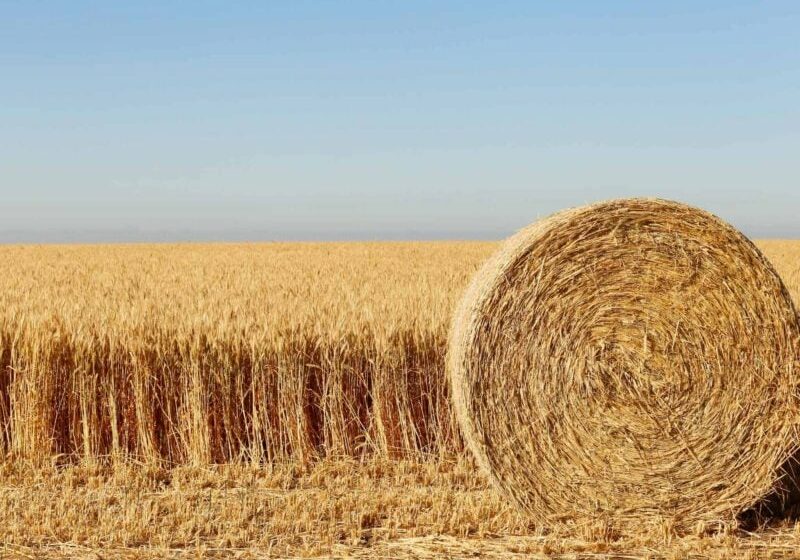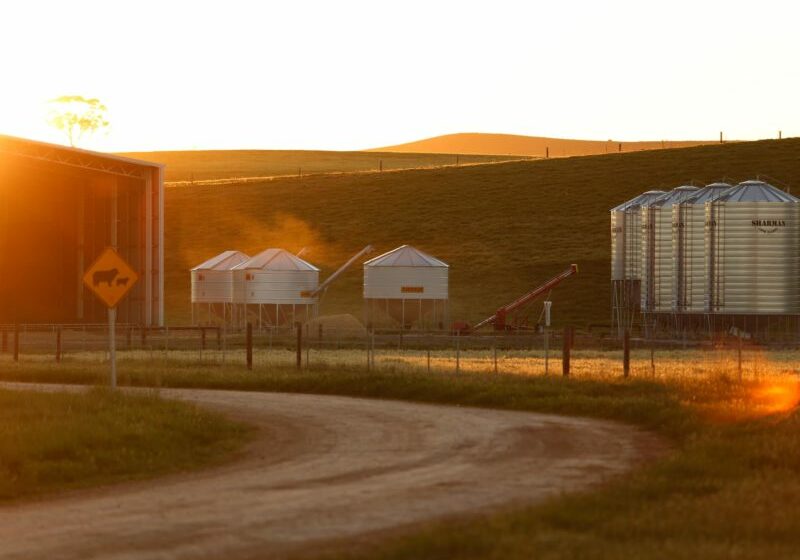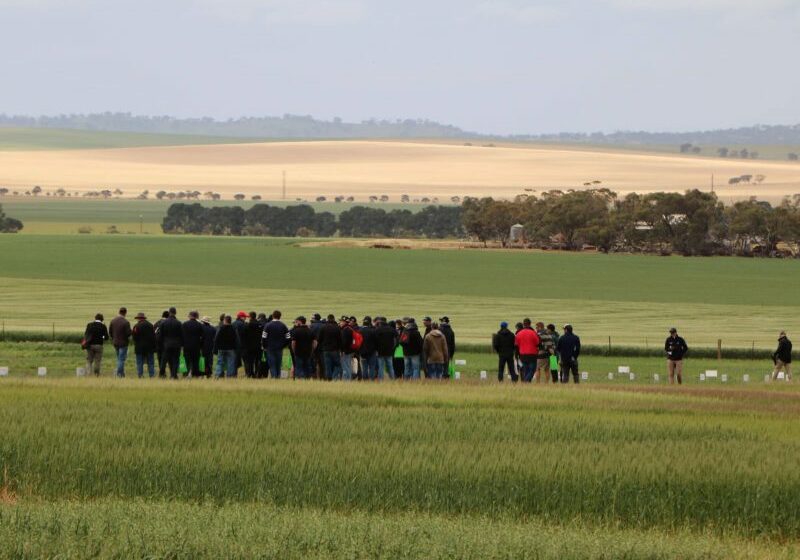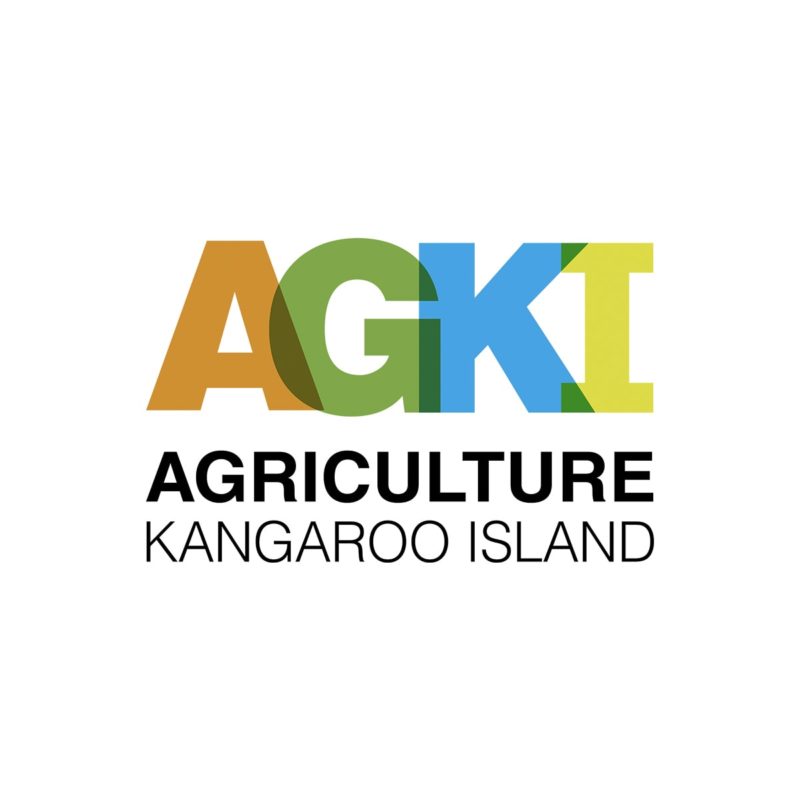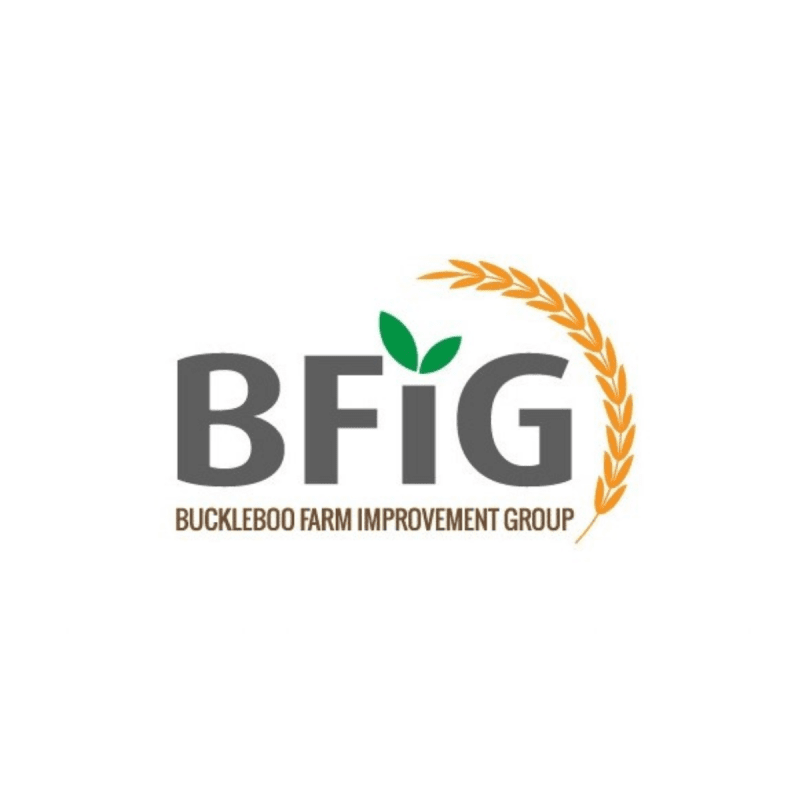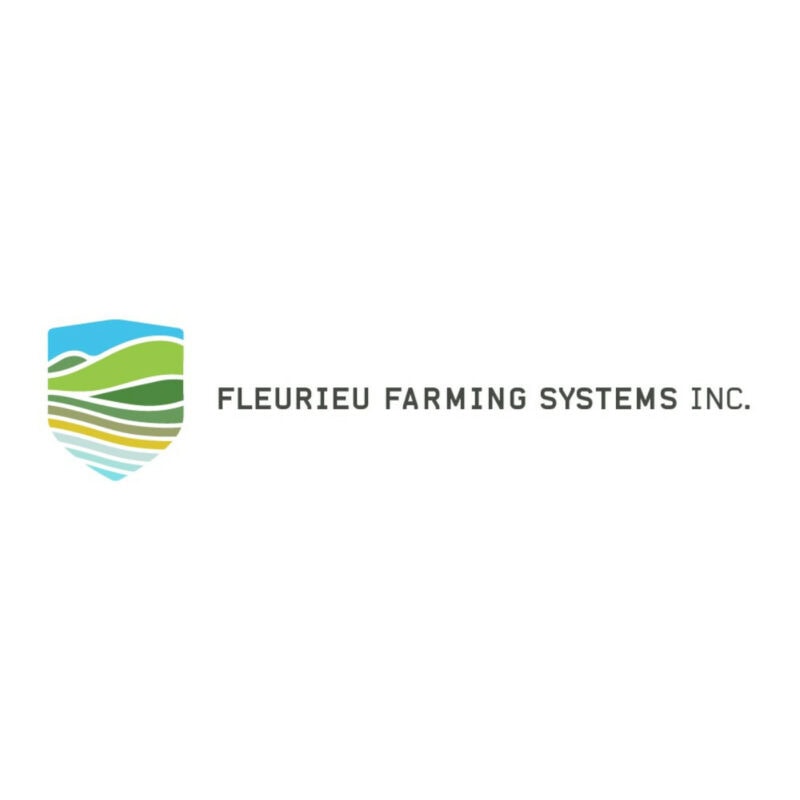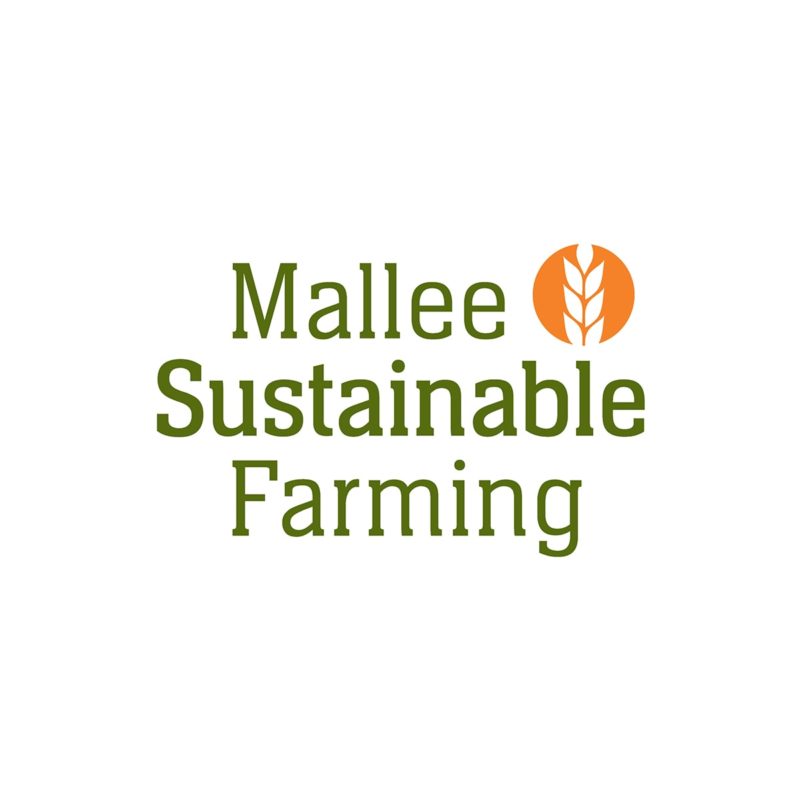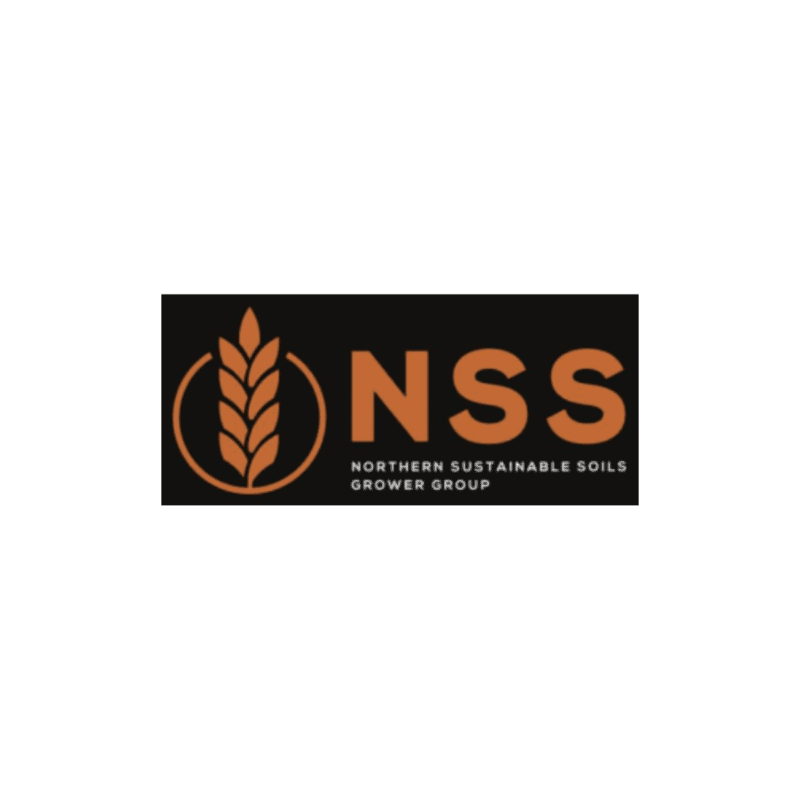Soil Acidity
Soil acidity in South Australia
Within South Australia (State and regional maps) more than two million hectares of agricultural land are susceptible to soil acidification that degrades the soil and reduces crop and pasture growth.
Soil acidification is a natural process but the extent and severity of acidic soils is increasing due to the high use of nitrogen fertiliser, greater cropping intensity, the removal of high crop and hay yields and build-up of organic matter. Acidification of sub-surface (10-20 cm) soil layers are also increasing (Bulletins and fact sheets; reports).
When the soil falls below a soil pH of 5.0 (CaCl2) then productivity and health of crops and pastures starts to fall, toxic amounts of aluminium can be released into the soil solution, microbial activity starts to decline and nutrients such as phosphorus, magnesium, calcium and molybdenum become less available.
Prevention is the best strategy and the aim is to maintain the soil pH (0-10 cm) at or above pH 5.5 (CaCl2). Intensive sampling in SA in recent years has shown that many paddocks in the susceptible areas have a surface and sub-surface pH less than pH 5.0 (CaCl2).
Lime is the most effective and economical method for the treatment of acid soils. Lime (lime sources) (calcium carbonate) and other lime sources will raise the soil pH and increase the productivity of crops and pastures. Lime reduces soil acidity by neutralising acid reactions within the soil. Lime should be applied before the pH falls below pH 5.0 (CaCl2).
A number of lime trials have been established throughout SA to determine the increase in crop and pasture yields and the effectiveness of lime sources.
The soil pH (0-10 cm) should be monitored about every 5-6 years to determine if liming is required or the timing for the next application. Acidification can occur down the profile so it is also important to check the sub-surface (10-20 cm) layer. Once the sub-surface layer becomes affected it is much more difficult and costly to treat.
A more rapid and cheaper method of testing soil pH across paddocks is by the use of soil pH mapping machines. These machines can test and log the soil pH with geographic positions to enable mapping of pH on a paddock scale. The maps identify soil pH zones within the paddock that then allows the appropriate rate of lime to be calculated for each zone. The performance of the machines are being validated for SA conditions.
To assist landholders and advisers to make better decisions in treating soil acidity computer decision support tools have been developed. These include the impact of acidification on production (cost of not liming); lime requirement rate; a cost comparison of liming sources; and maintenance rate of lime.
Farmer case studies have been prepared to document farmers’ experiences with the management and treatment of acid soils.
An E-News will be available in the near future for those people involved in the management and treatment of soil acidity.
For further information please contact:
Brian Hughes | Principal Consultant- Sustainable Agriculture | Rural Solutions SA
Primary Industries and Regions SA - PIRSA | Government of South Australia
Nuriootpa Research Centre, Box 245, Nuriootpa SA 5355
P: (08) 85686411 | M: 0429 691468 | E: brian.hughes@sa.gov.au W: www.pir.sa.gov.au
Technical Workshop Presentations
Subsoil Acidity and Discussion
Status of Soil Acidity & Liming in SA
Managing Soil Acidity on South Australia’s Agricultural Soils
South West Soil Acidity Research
Historic and Recent Lime Trial Information in SA
Measuring and Modelling Soil Acidification on Eyre Peninsula
Tolerance of lucerne to soil acidity
Calculating the cost of soil acidity
Lime sources and quality in SA
Achieving better soil acidity management in Western Australia
Reports
Adelaide Hills (coming soon)
Eyre Peninsula (coming soon)
Northern & Yorke
Murray Darling Basin (coming soon)
South East (coming soon)
Connections
Agricultural Bureau of SA- Soil Acidity Projects
www.agbureau.com.au/projects/soil_acidity/
GRDC + Soil acidity site
Nature Maps- hosted by DEWNR
www.data.environment.sa.gov.au/Land/Land-Management/Pages/home.aspx
Disclaimer
The information provided in this websites intended for general use, to assist public knowledge and discussion and to help improve the sustainable management, particularly the management of soil acidity in cropping and grazing systems in South Australia. It includes general statements based on scientific research. It includes historical documents some of which now have out of date information. Readers are advised and need to be aware that this information may be incomplete or unsuitable for use in specific situations. Before taking any action or decision based on the information available in this website, readers should seek expert professional, scientific and technical advice.
We do not assume liability of any kind whatsoever resulting from any person’s use or reliance upon the content of this website.


